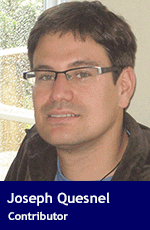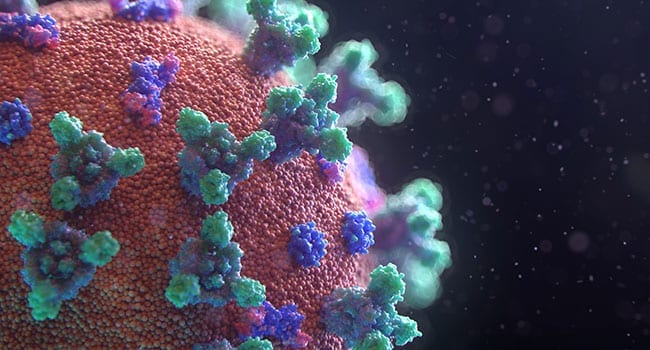 Canadians have seen the harm the COVID-19 pandemic is doing to Native American communities in the United States, knowing it could happen to Indigenous peoples here.
Canadians have seen the harm the COVID-19 pandemic is doing to Native American communities in the United States, knowing it could happen to Indigenous peoples here.
The infection and death rates for many Native American communities is much higher than mainstream communities. The American Indian Studies Center at the University of California published a graphic that shows the huge disparities in infection and death rates affecting these U.S. communities.
For instance, Native Americans across New Mexico, the vast majority of whom live on remote tribal lands, are dying of COVID-19 at rates 19 times that of all other populations combined, according to data provided by that state’s Department of Health. They represent only 11 per cent of New Mexico’s population but account for 57 per cent of the state’s COVID-19 cases.
The Navajo Nation – which has populations in a few states – made headlines in the United States because, at one point, their COVID-19 infection rate surpassed that of hard-hit New York State.
Many smaller tribes – such as the White Mountain Apache and the Pueblo of Zia – also experienced much higher infection rates.
Just as in Canada, Indigenous peoples in the United States have all the risk factors that make them especially vulnerable in the face of pandemics. Like First Nations in Canada, Native Americans continue to have lower life expectancy rates than other communities in the U.S.
Epidemiologists are reminding Americans that in 2009 during the H1N1 influenza, Native Americans died at rates four times higher than other racial and ethnic groups.
Medical experts also note that a lack of running water on many Indian reservations is contributing to the high infection rates because people aren’t able to wash their hands as often as they should. This lack of water on reservations should sound familiar to Canadians.
In the case of the Navajo, there’s also concern that small, crowded housing increases the likelihood of infection. That should also be familiar to Canadians.
Like Canadian First Nations, many Native American reservations shut their borders to control the rate of infection. But COVID-19 had already arrived in many communities.
The good news is that many Native American communities report that they’ve gained control over exploding infection rates and are talking about having flattened the curve.
It seems the extreme isolation of many Canadian First Nations and quick closure of territories helped keep COVID-19 away. Otherwise, these communities could not have handled it any better than in the U.S.
American Indian communities also struggle to ensure they have enough personal protection equipment (PPE) to deal with the crisis. In one case, a Seattle-based Native American health centre requested PPE and test kits from the local, state and federal government. They were sent body bags instead.
Canadians may recall a similarly eerie situation at a Manitoba First Nation in 2009 during the swine flu epidemic, when Health Canada sent body bags instead of medical equipment.
This should be a reminder to Indigenous communities on both sides of the border that they can’t rely on federal officials to respond to the crises in their communities. The reliance many First Nations have on Health Canada and other federal agencies leaves them vulnerable.
First Nations and Native American communities know their people best. Indigenous governments and Indigenous entrepreneurs are best equipped to help, with appropriate resources from other governments.
The terrible COVID-19 experience of Native American communities clearly carries lessons for Canada’s First Nations and Canadians in general.
Joseph Quesnel is a research associate with the Frontier Centre for Public Policy.
Joseph is a Troy Media Thought Leader. Why aren’t you?
The views, opinions and positions expressed by columnists and contributors are the author’s alone. They do not inherently or expressly reflect the views, opinions and/or positions of our publication.


